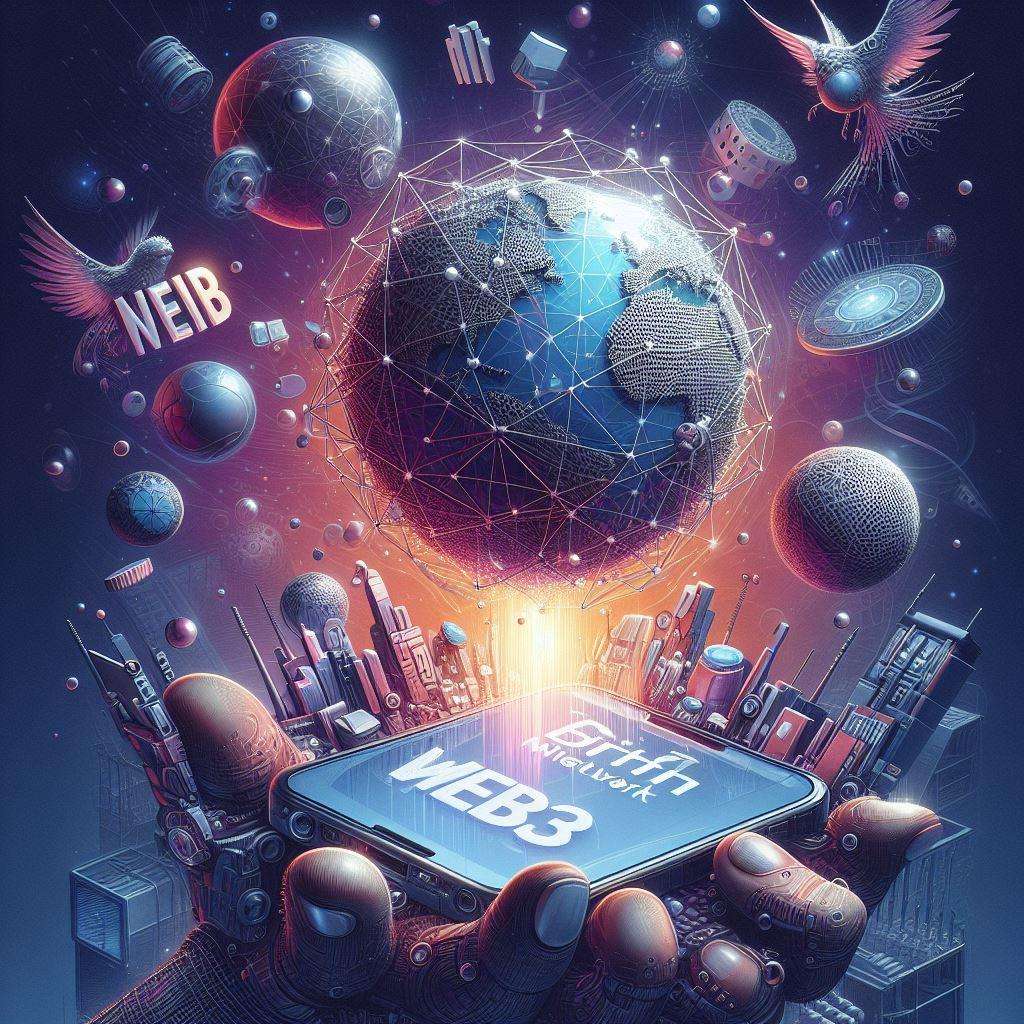Revolutionizing Data Control: How Web3 is Revolutionizing Data Control and Privacy
In today’s digital landscape, the control and ownership of user data have become increasingly centralized in the hands of big tech companies. Many individuals and innovators in the tech space are recognizing the need for a change, leading to the emergence of Web3 networks aimed at decentralizing data control and prioritizing user privacy. Let’s delve into how this revolutionary shift is reshaping the way we interact with the internet and our personal data.

Understanding Web3: Empowering Users Through Decentralization
Web3 represents a paradigm shift from the current centralized web structure (Web 2.0) to a more democratized and decentralized internet ecosystem. At the core of Web3 is the principle of empowering users by giving them more control over their data and online interactions. Companies like Edge & Node are at the forefront of this movement, creating decentralized applications and protocols that challenge the status quo of data ownership.
The Graph: Revolutionizing Data Organization in Web3
One of the key players in the Web3 landscape is The Graph, often dubbed the “Google of Web3.” This decentralized network focuses on indexing, querying, and organizing data in a transparent and accessible manner. Through the use of subgraphs, The Graph enables seamless data queries and retrieval, revolutionizing how applications interact with and utilize blockchain data.
The Intersection of AI and Web3: Pioneering Open-Source Innovation
As Web3 continues to evolve, the integration of artificial intelligence (AI) is poised to play a crucial role in shaping the future of decentralized technologies. By training AI models in fully open-source environments, innovators like Tegan Kline emphasize the importance of transparency and collaborative development in the AI sector. The synergy between AI and Web3 offers exciting possibilities for creating more accountable and user-centric digital solutions.
Building a Censorship-Resistant Internet with Web3
A core tenet of Web3 is the creation of a censorship-resistant internet that prioritizes user privacy and free expression. By leveraging decentralized infrastructures and blockchain technologies, Web3 networks aim to mitigate the risks of data manipulation and content control prevalent in traditional web environments. The vision is to establish a digital ecosystem where users retain ownership of their data and can interact freely without the fear of centralized intervention.
Looking Ahead: The Future of Web3 and Data Sovereignty
As we embark on this transformative journey towards a decentralized internet, the possibilities for reshaping data control and privacy are endless. By fostering a collaborative ecosystem that values transparency, security, and user empowerment, Web3 pioneers a new era of digital interaction where individuals have agency over their online identities. The evolving relationship between AI and blockchain technologies holds the key to unlocking innovative solutions that safeguard data sovereignty and redefine the digital landscape.
In conclusion, the emergence of Web3 networks signifies a pivotal moment in the evolution of the internet, where users reclaim control over their data and digital footprint. By embracing decentralized principles, fostering open-source collaborations, and prioritizing user-centric innovations, Web3 embodies a vision of a more inclusive and transparent digital future.

